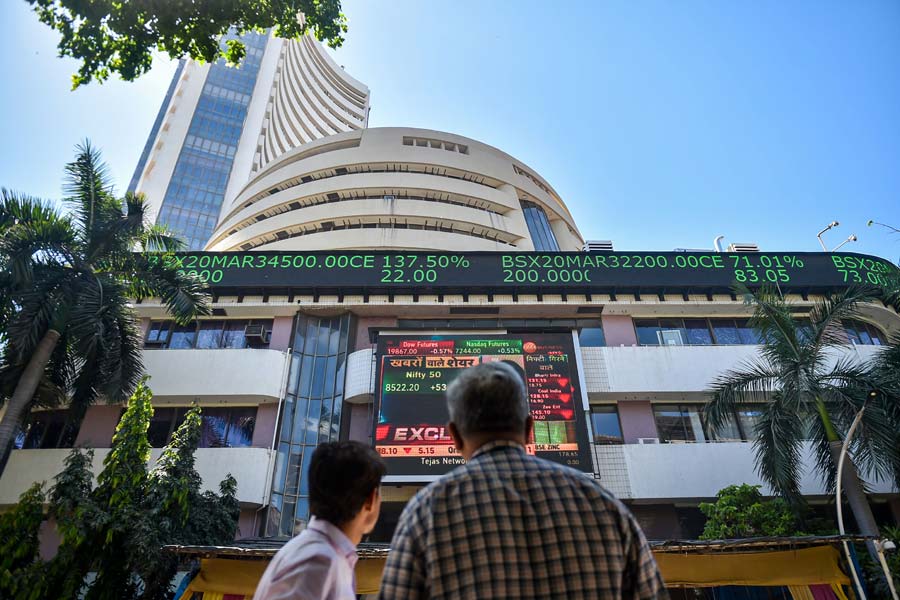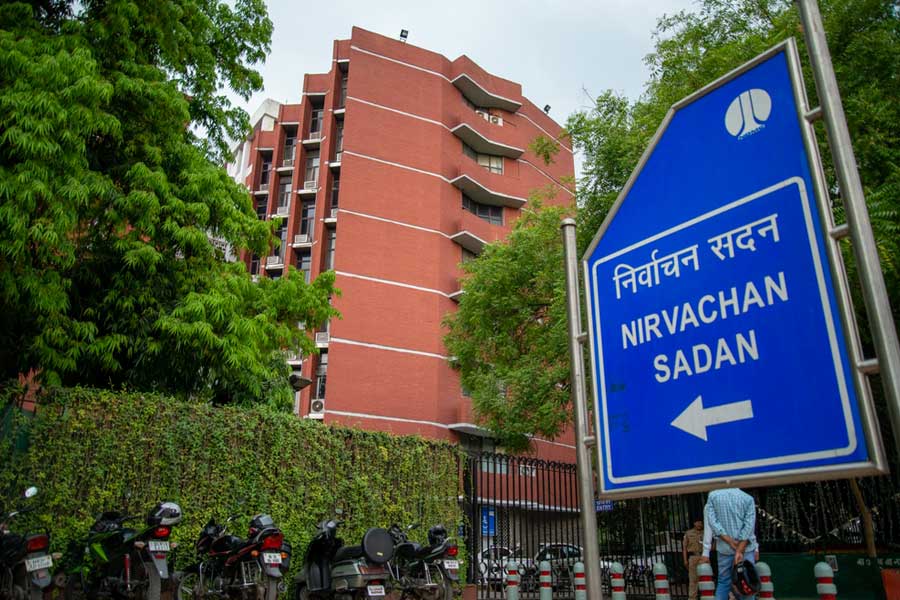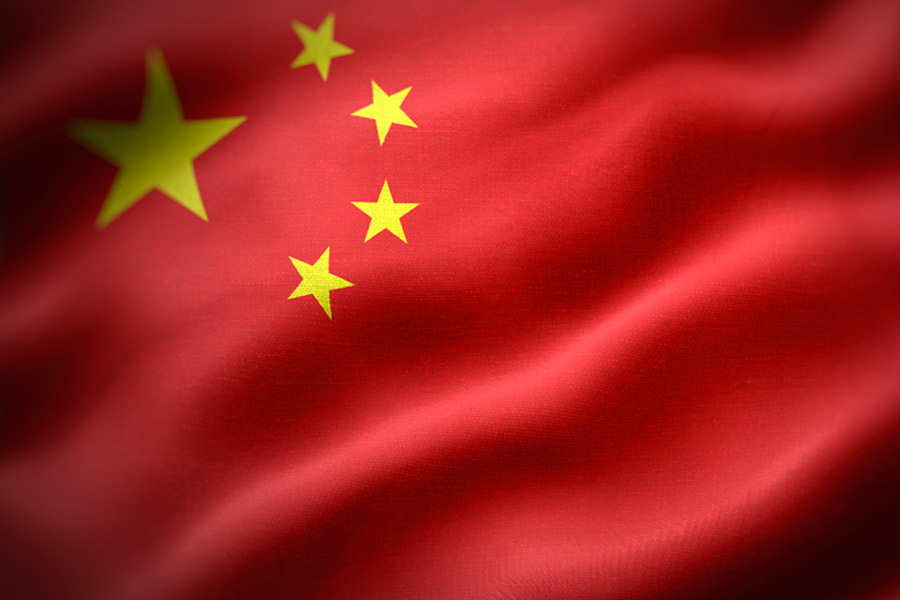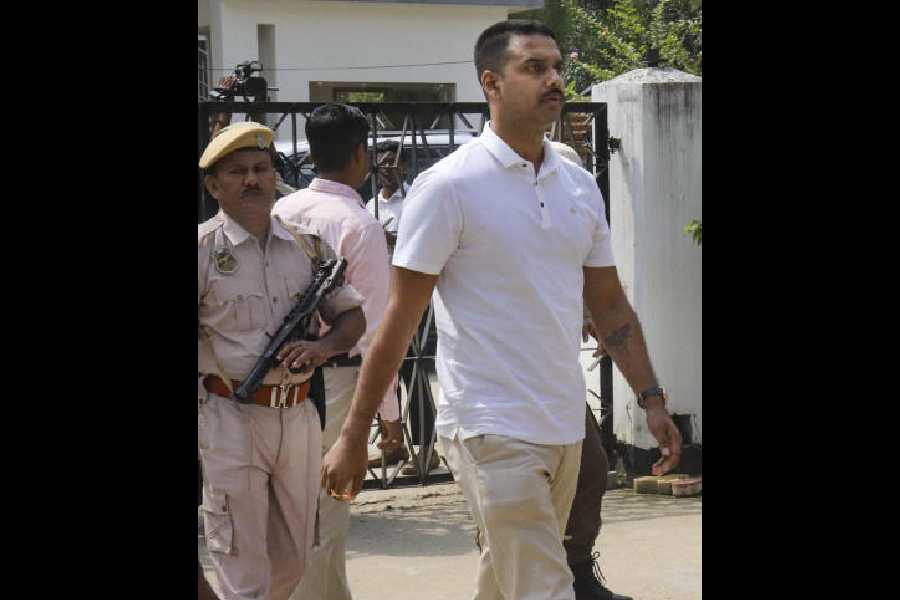|
|
For assessing the results of Barack Obama’s visit, we should match them with the list of ‘deliverables’ that both sides could have hoped for. We could have expected: assurance that the president of the United States of America is as committed to his country’s relationship with India as was his predecessor; agreements and understandings that would indicate a deepening of the strategic relationship; steps to integrate India into the global non-proliferation regimes; a clear support for India’s permanent membership to the United Nations security council; a clearer understanding of the American endgame in Afghanistan and its complaisance toward Pakistan.
We could have expected a better understanding of US policies on China, especially as they impinge on South Asia, and a greater appreciation of India’s energy security and other interests in Iran. Intensification of counter-terrorism cooperation, removal from the US entity list of subsidiaries of the Indian organizations that remain under sanctions, and the easing of US export-control regulations to allow freer transfers of high- and dual-use technologies to India would have been the other expectations. On the economic side, India would have looked for assurances, after the H1B and L1 visa hikes and the president’s broadsides against outsourcing, that US was not moving towards greater protectionism, besides looking for US investments in India’s infrastructure sector.
On the US side, in the absence of any big idea defining the president’s visit, his administration would have wanted to lay deeper the structural foundations of an India-US strategic relationship for the years ahead. As part of this objective, the US would have wanted the defence relationship to expand, both in terms of the sale of military hardware as well as the conclusion of some pending defence-related agreements. On the hardware front, the US would have wanted to finalize the contract for supply of ten C17 transport aircraft, besides cultivating the ground for a US company to win the massive 126 multi-role combat aircraft contract. The actual Indian nuclear liability law not measuring up to the demands of US companies, Obama would have looked for greater clarity on the issue and an assurance of a level playing field for US companies. The president engaged in some India-bashing on outsourcing before his visit and deliberately gave it a commercial thrust, making the signing of commercial contracts a litmus test of its success.
How should one assess the visit then? The president has confirmed his pragmatic desire to strengthen ties with India, but his focus on the Indian market blurred the visit’s strategic objective. The job-creation obsession evident during the visit underlined how short-term political pressures can distort the US’s handling of its priorities, apart from diminishing the stature of the US president by projecting him as a salesman. Obama has overplayed the outsourcing card and unnecessarily targeted India as a source of job losses when statistics show that the India-US trade in goods and services is almost balanced, with India contributing a mere $4.7 billion (1 per cent) to the US trade deficit in 2009 (China contributes 60 per cent). The prime minister rightly reminded Obama at the joint press conference that India is not in the business of stealing jobs and that outsourcing enhances the economic competitiveness of US companies.
Obama’s reference to India’s candidature for permanent UNSC membership in his parliamentary address should be seen through clear, not wishful, lenses. His words do not amount to an unqualified support for India’s claim. His “forward looking” formulation is a compromise between Indian hopes and US reticence. Even a hedged formulation — “in the years ahead, I look forward to a reformed UN security council that includes India as a permanent member” — is a welcome advance. But hyping it distorts the reality. The homily accompanying this support — about increased power coming with increased responsibility — suggests that India is being offered something it does not quite fully deserve yet. The un-called-for lecture on human rights on the floor of the parliament was particularly unfortunate.
Obama gave undue political cover to Pakistan during the visit, displaying American inability to deal with India’s problem with Pakistan objectively. He referred to Pakistan as being of enormous strategic importance, signalling that the US will not sacrifice its interests to appease India’s concerns. To say more than once that none more than India has an interest in a stable and prosperous Pakistan suggests that he feels the need to persuade India of this and wants us to work more for peace with that country. The prime minister’s clear enunciation, in Obama’s company, of India’s position on the interplay between dialogue and terrorism vis-à-vis Pakistan was salutary.
On terrorism, Obama made some appreciative symbolic gestures in Mumbai, but on substance he adhered to a tight script, asking only for those responsible for the Mumbai attack to be brought to justice, a safe repetition of a two-year-old US position that Pakistan has ignored. His statement that safe havens for terrorists in Pakistan are unacceptable has, again, been hyped by our side, grasping for straws. “Safe havens” has a specific meaning — of insurgents from one country seeking shelter in another country and escaping reprisals, as such action would involve violation of the other country’s sovereignty. This applies to the Afghanistan situation, but not to India’s problem with Pakistan. Those conducting terrorist attacks against India are largely Pakistani nationals, living as an integral part of Pakistani society, operating from their own homes, not “safe havens”. This explains Obama’s broadside on “safe havens” that we have interpreted as addressing India’s predicament with regard to terrorism.
Obama’s recognition of an Indian role in East Asia and in the deepening of strategic consultations on developments there points to shared concerns about China’s recent assertiveness. Our energy security concerns in Iran seem to have remained unaddressed.
The removal of those Indian organizations, barring the Bhaba Atomic Research Centre, which remained on the US entity list does away with an anomaly, as India considers such sanctions incongruent with a strategic partnership. While this should be welcomed, as well as the intention to support a phased Indian membership of the various non-proliferation or technology-control regimes like the nuclear suppliers group, the missile technology control regime, the Australia group and the Wassenaar Arrangement, not to mention the liberalization of the US export-control regime for India, this progress should be seen in perspective. Removal from the entity list does not mean the end of licensing requirements. The US export-control regime will be liberalized only over time, but, India itself, in turn, will have to introduce much more stringent export controls, as the joint statement makes clear.
In defence, the preliminary decision by India to acquire ten C17 aircraft was announced to Obama’s satisfaction, but no progress on pending defence agreements was made. On civilian nuclear power, the US has got India to commit itself to ratify the Convention on Supplementary Compensation within the coming year and provide a level playing field to US companies, with some hedging by India. India has wisely mentioned in the joint statement that the technical and commercial conditions should enable a viable tariff regime for nuclear power. At Mumbai, Obama secured $10 billion worth of contracts for aircraft and so on, translating into several thousand jobs back home.
How good a job did Obama himself make of his visit? All in all, he would merit a B+ grade.











